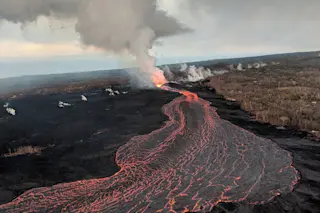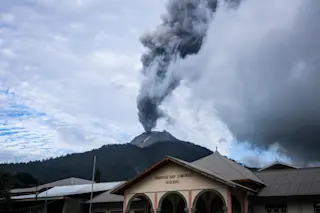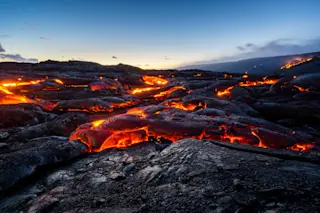2018 was quite a year across the geosciences … which is hardly shocking considering we live on the most geologically active planet in the solar system. Some of the events were tragic, because when it comes to headlines, that is what gets the most attention. Others were warnings of things that could be headed our way and others were, thankfully, downright exciting and uplifting. Here’s my quick takes on some of the big geoscience events from the year that was:
Lower East Rift Zone Eruption at Kīlauea
I suppose for a volcanologist like me, it would be hard to top the largest eruption in the United States since 1980. Not only that, the surprising eruption of Kīlauea from its Lower East Rift Zone (top) — the first in half a century — dumped over 1 cubic kilometer of lava out and collapsed the summit of the Hawaiian volcano. Thankfully the ...














